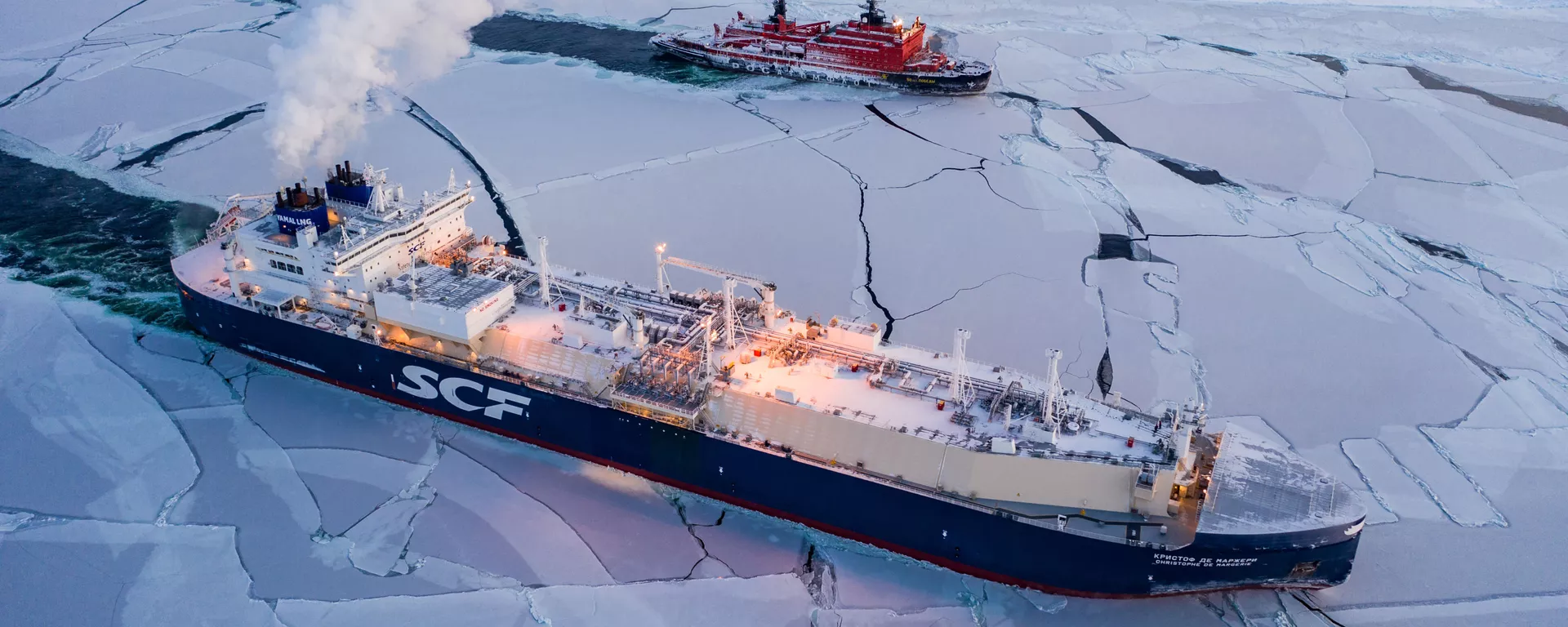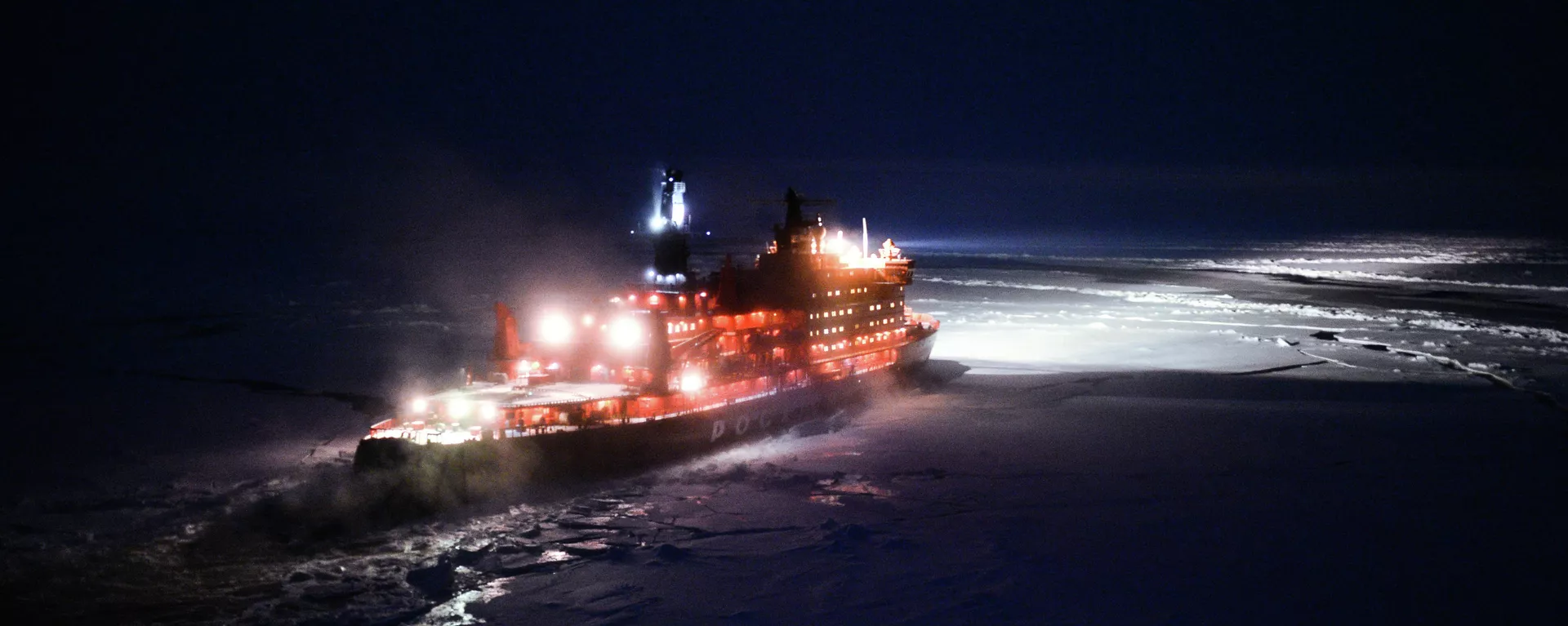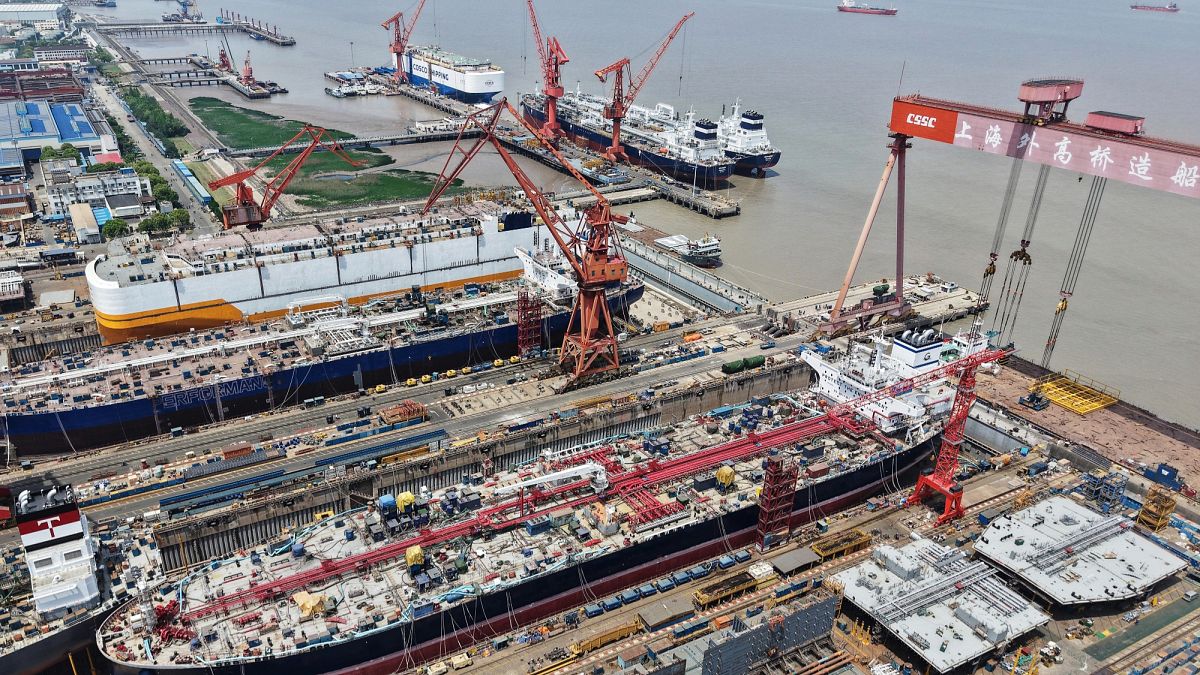The fourth Project 22220 nuclear-powered icebreaker, the Yakutia, has joined Russia’s icebreaker fleet. Let’s take a closer look at Russia’s mighty icebreakers that are part of this project series.
Yakutia
It can escort tankers with a displacement of up to 100,000 tons through the Arctic’s frozen waters.
The icebreaker is powered by two RITM-200 nuclear reactors, each generating 175 MWt, supported by twin turbo generators.
The Yakutia can reach speeds of up to 22 knots in open water and 1.5–2 knots while navigating ice 2.8 meters thick. It is also capable of operating in 3-meter-thick ice at slower speeds.
The vessel’s main characteristics:
Length: 173.3 meters
Width: 34 meters
Height: 15.2 meters
Maximum icebreaking capacity: 3-meter-thick ice
Full displacement: 33,540 tons
Estimated service life: 40 years
Crew: 53 people
What About Other Russian Icebreakers?
Project 22220 also includes the Arktika (Arctic), Sibir (Siberia), and Ural icebreakers, commissioned in 2020, 2021, and 2022, respectively. The Chukotka, Leningrad, and Stalingrad are expected to be completed by 2030.
These icebreakers use variable draft technology, allowing efficient operation in both deep waters and shallow Siberian riverbeds.
Their primary task is to ensure year-round navigation in the Arctic’s western regions, including the Barents, Pechora, and Kara Seas.
What is Project 22220 for?
Project 22220 icebreakers are part of the program "Fundamentals of Russia’s State Policy in the Arctic for the Period Up to 2035," which aims to develop the Northern Sea Route.
Earlier this year, President Vladimir Putin pledged that Russia would continue modernizing cargo transshipment and expanding port capacity along the Northern Sea Route, which exceeded 40 million tons in late 2023.

 3 months ago
27
3 months ago
27








 We deliver critical software at unparalleled value and speed to help your business thrive
We deliver critical software at unparalleled value and speed to help your business thrive






 English (US) ·
English (US) ·